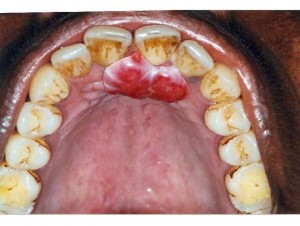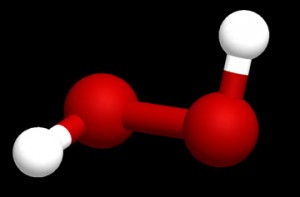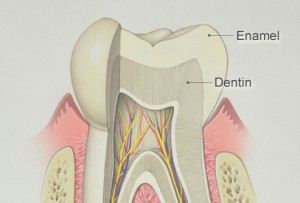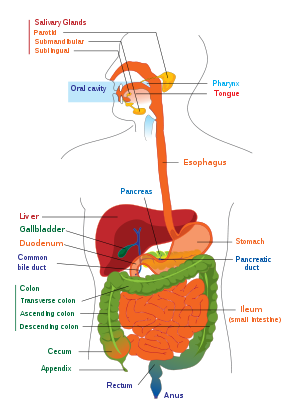Oral pyogenic granuloma is a relatively common lesion that appears in the mouth as an overgrowth of oral tissues. Often also known as “Granuloma gravidarum” and “Pregnancy tumor“, it can be found elsewhere on the surface of skin and involve the septum of the nose.
The term “pyogenic granuloma†is misleading because it is not a true granuloma. It was originally applied because the identical lesion on skin was thought to be a reaction to infection by pyogenic (pus producing) organisms. In actuality, it consists of many dilated blood vessels in a loose swollen connective tissue stroma, which is often quite prone to bleeding. Continue reading



